Like digitization, sustainability is viewed and implemented on a comprehensive basis in Factory 56. As well as environmentally compatible, resource-conserving production, this also includes social responsibility, always with due regard for cost-effectiveness. Factory 56 is therefore making a major contribution to achieving the company’s sustainability goals.
Conserving resources and reducing energy consumption are the cornerstones of this approach. Factory 56 is operating on a CO₂-neutral basis right from the start and will be thus a zero-carbon factory. All in all, the total energy requirement of Factory 56 is 25 percent lower than that of other assembly facilities. On the roof of Factory 56 is a photovoltaic system which supplies the building with self-generated, green electric power. This is enough to cover about 30 percent of the annual power requirements of Factory 56. Some of this power flows into an innovative direct-current network, which will improve the energy efficiency of the assembly shop in the future. It powers technical systems such as ventilation units, for example. A stationary energy bank based on vehicle batteries is also connected to the DC network. With an overall capacity of 1,400 kWh, it acts as a buffer for excess solar power from the photovoltaic system. Modern lighting consisting of LEDs and an innovative blue-sky architecture, which allows employees to work in daylight, creates a pleasant working atmosphere while saving energy.
Plants on approximately 40% of the roof area
Alongside CO₂ and energy balance considerations, the sustainability approach of Mercedes-Benz has other ecological aspects. There are plants on approximately 40% of the roof area. This not only compensates for the sealed ground area, but also improves the interior climate in the building by retaining rainwater. This is a new system which separates rainwater from contaminated water. By storing the rainwater, Factory 56 relieves the burden on neighboring water sources and new green areas are created.
The main building of Factory 56 is an architectural and also sustainable highlight. The concrete façade is constructed of recycled concrete for the first time, made from demolition material. This means that the construction of Factory 56 not only conserved resources, but also sustainably recycled waste products.
,xPosition=0,yPosition=0.5)
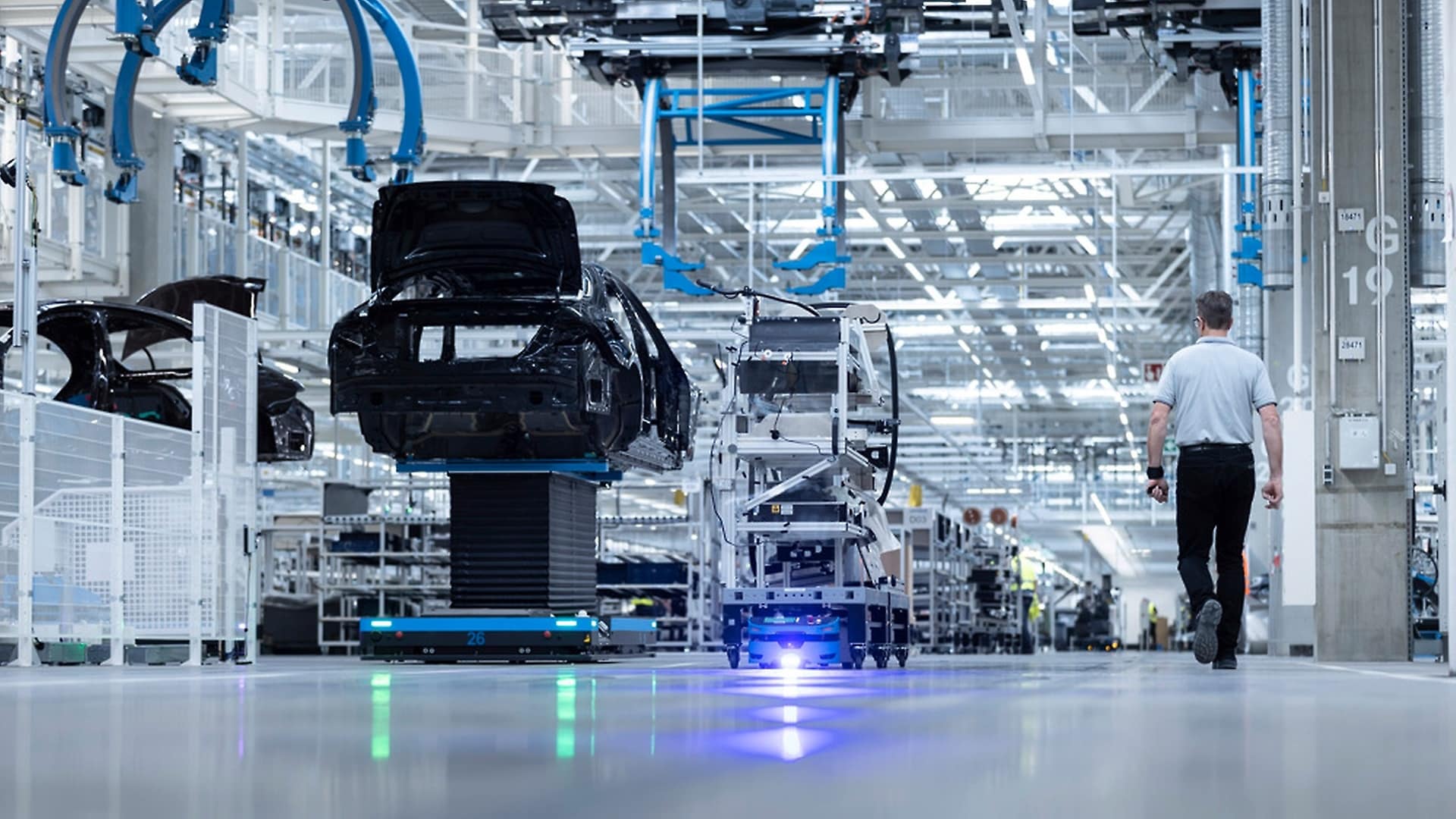

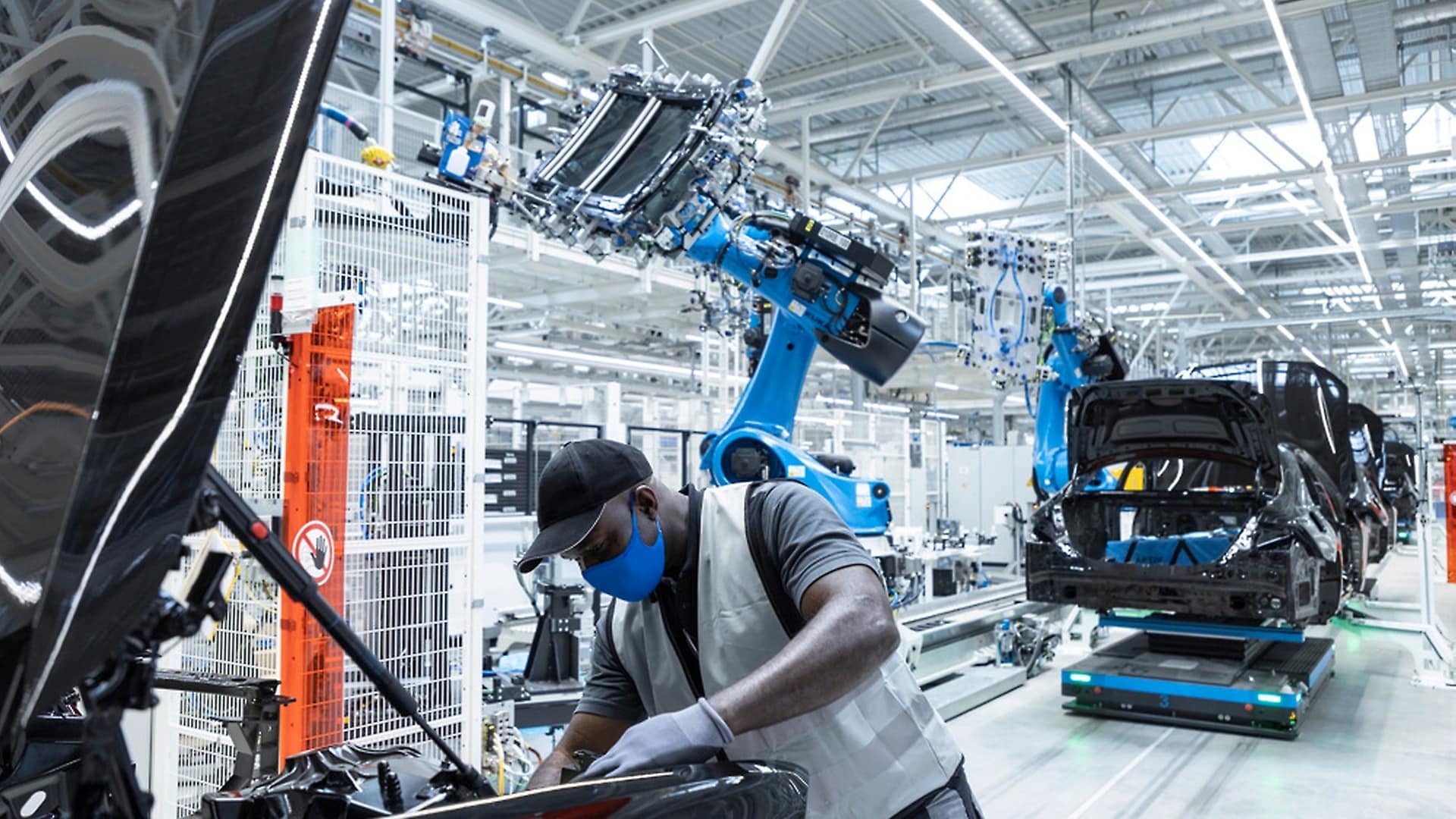
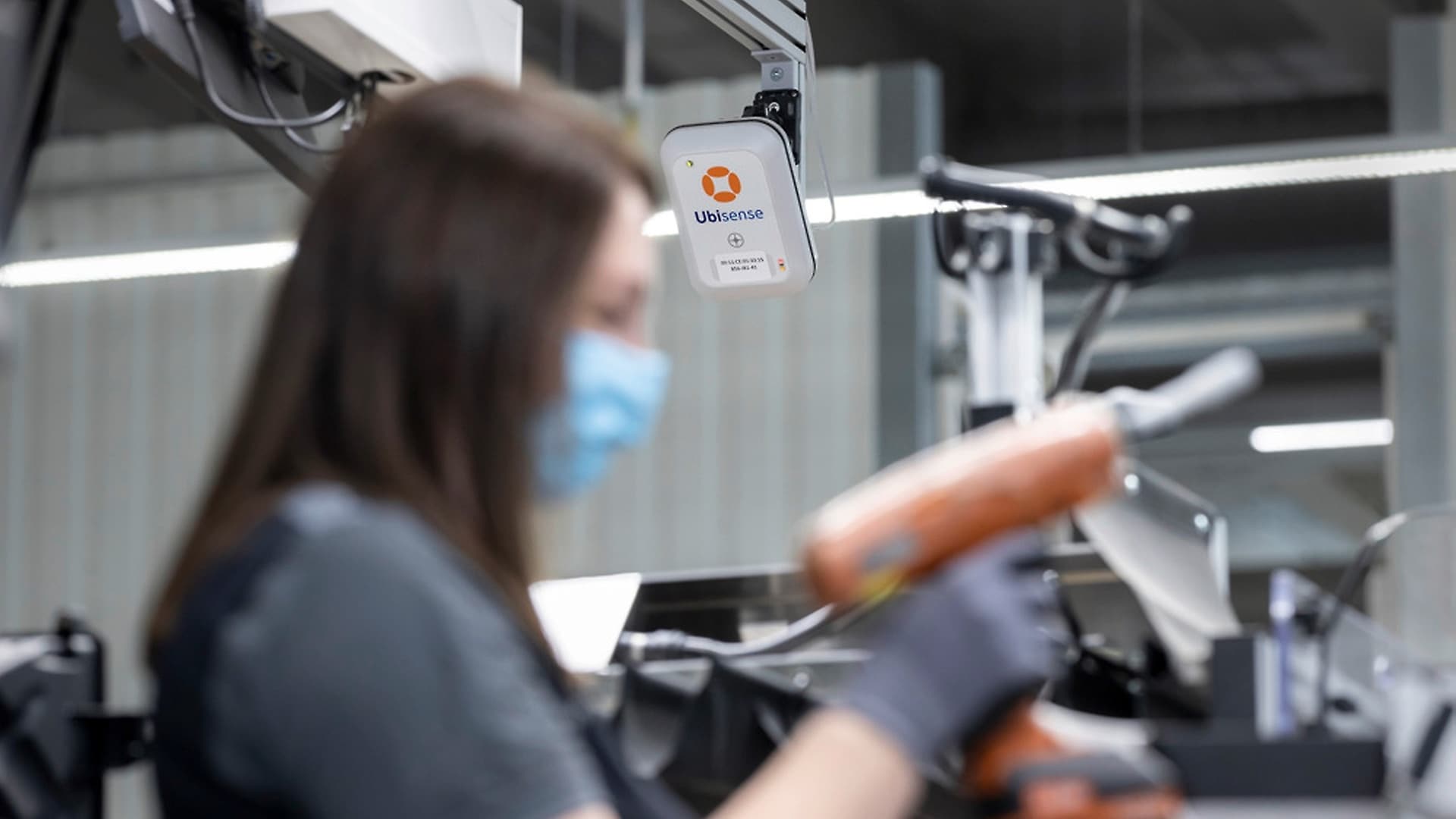

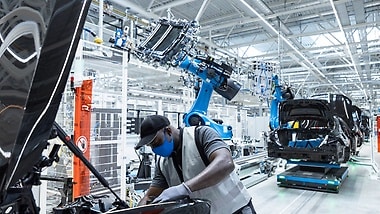
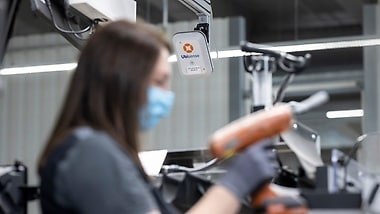
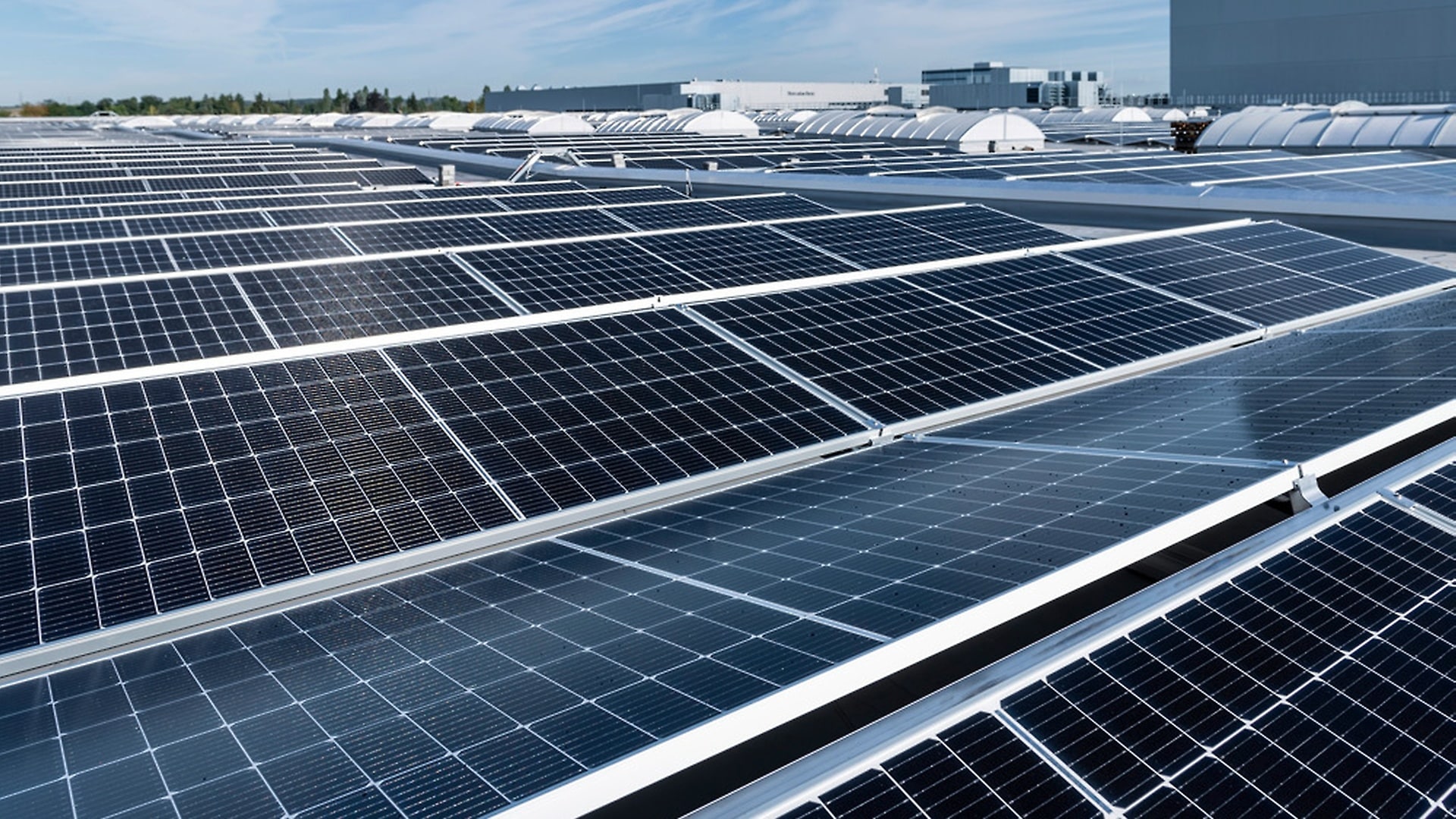

,xPosition=0.5,yPosition=0)
,xPosition=0.5,yPosition=0)